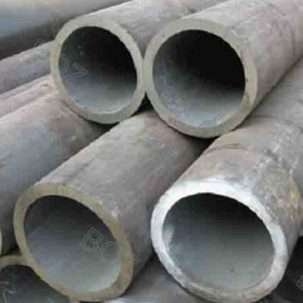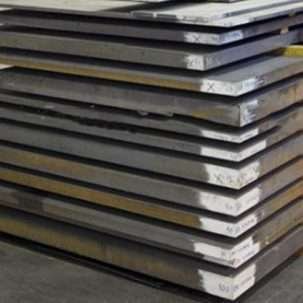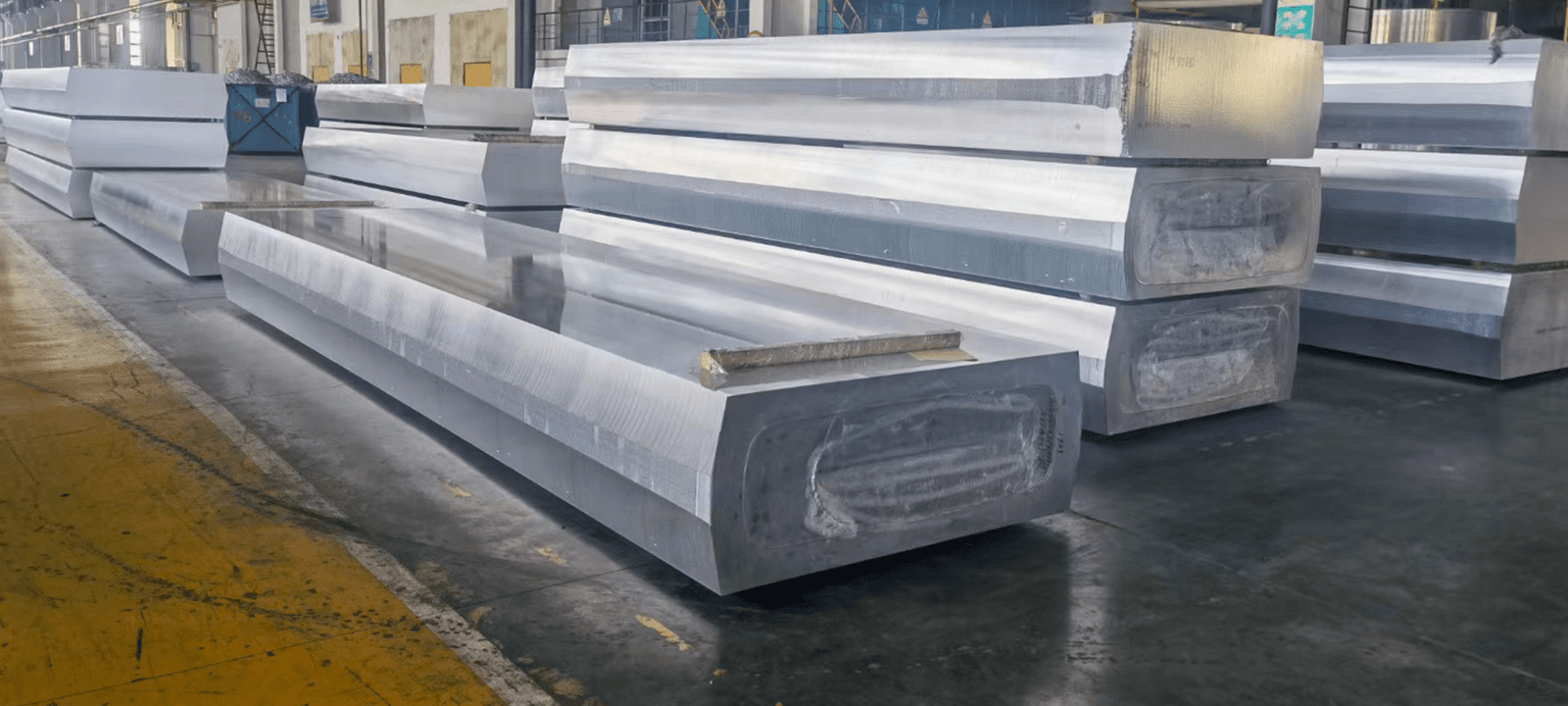HAYNES 25 alloy
- High resistance to oxidation, acids, body fluids, and marine environments
- Efficient high-temperature strength
- Galling resistant
- The alloy has good welding, machining, and mechanical properties.
- Superalloy with outstanding strength
Description
Overview:
Haynes 25 is a Cobalt-Nickel-Chromium-Tungsten alloy that combines features like strength, high-temperature tolerance, excellent resistance to sulfidation, and galling. Haynes alloy 25 is heavily used in industrial applications and gas turbine parts.
Hastelloy 25 is fabricated and formed by usual conventional techniques, which also helps in the casting of the alloy. The excellent resistance to metal galling makes the alloy more useful. The high strength properties of this L605 alloy can be obtained through cold work. It is generally melted by vacuum induction or electro-slag remelting techniques. Haynes 25 remain nonmagnetic in various applications.
Common Names:
- Haynes 25
- Alloy L605
- UNS R30605
Executive Standards:
Rod, Bar, Wire, and Forging Stocks
- AMS 5759
- ASTM F90 GE
- B50T26A
Plate, Sheet, and Strip
- AMS 5537
Welding Wire and Coated Electrodes
- AMS 5759
- AMS 5796
- AMS 5797
Chemical Properties:
| Chromium (%) | 19-21 |
| Nickel (%) | 9-11 |
| Tungsten (%) | 14-16 |
| Iron (%) | Max 3 |
| Manganese (%) | Max 2 |
| Others (%) | Remainder |
Mechanical Properties:
| Yield Strength (MPa) | Min 310 |
| Yield Strength (ksi) | Min 45 |
| Tensile Strength (MPa) | Min 862 |
| Tensile strength (ksi) | Min 125 |
| Break Elongation | Min 30% |
| Elasticity Modulus (GPa) | 225 |
| Elasticity Modulus (psi) | 32.6 x 106 |
| Hardness
(BHN) |
250-275 |
Physical Properties:
| Density | Lb/in3 | 0.327 |
| g/cm3 | 9.07 | |
| Melting Point | oF | 2425-2570 |
| oC | 1330-1410 | |
| Specific Heat | Btu/lb-oF | 0.096 |
| J/kg-oC | 403 | |
| Expansion Coefficient | 25-100oC | 12.8 |
| 70-200oF | 7.1 | |
| Thermal Conductivity | W/m-oC | 10.5 |
| BTU-in/hr-ft2–oF | 72 | |
| Electrical Resistivity | µohm-cm | 88.6 |
| µohm-in | 34.9 |
Key Features:
- Weldability: Haynes 25 can be readily welded by most of the conventional techniques and methods using the simple composition welded wires.
- Good oxidation resistance: Haynes 25 alloy has a strong resistance to oxidation and prolonged exposure. It has excellent resistance to sulfidation and metal galling. The alloy can be used for long-term exposures to a high-temperature range.
- Wear resistance: Haynes 25 alloy exhibits amazing resistance to cavitation. Though the alloy is superior in metal galling, it also has excellent wear resistance.
Product Forms Available:
- Wire
- Rod
- Bar
- Sheet
- Plate
- Tube
- Forgings
- Welding Rod
- Billet
- Coated Electrodes
Applications:
- Ball bearings and bearing races
- Springs
- Gas turbine engine components
- Heart valves
- Fabricating components
- Rings
- Blades
- Combustion chamber parts
Possible Alternative Grades:
- Haynes 188: This Chromium-Nickel-Tungsten based alloy is suitable for cold working and also fulfills the hot working requirements.
- Ti–5Al–2Zr–2Sn–4Cr–4Mo: Compared to any α-β alloy like 6 4 Titanium, this β-Ti alloy is known to offer more weight reductions and wear resistance. Hence, it serves to be a great alternative to the superalloy Haynes 25.
Frequently Answered Questions:
- What is the forging range of the alloy?
The alloy is forged at 1175°C. Below this temperature, the alloy is difficult to operate.
- Is Haynes 25 open to cold working?
Yes, cold working can be done with Haynes 25, but only after the annealing process is complete.
- Name the elements used in Haynes 25
The primary components used in Haynes 25 is Cobalt, Nickel, Chromium, Iron, etc.
Get A Free Quote Now!







